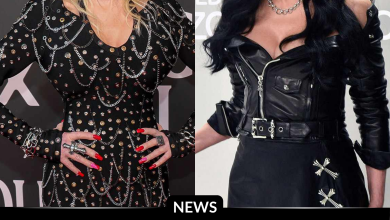Prince’s gear habits were never casual — and the Lenny Kravitz “three guitars” story remains one of the most vivid examples of how deeply he engineered his tone
OPINION: This article may contain commentary which reflects the author's opinion.
Among the many stories that surround Prince’s almost forensic relationship with his instruments, one of the most replayed is the account of him purchasing three guitars from Lenny Kravitz — not to play as-is, but to take apart, study, and rebuild to his exact standards.
The line most attached to that episode — “I had to deconstruct him” — has become shorthand for how Prince treated guitars as raw material, not completed products.
for Prince, a guitar was only “complete” after he remade it
Those familiar with his work habits have said that Prince rarely performed with stock configurations. Pickups, electronics, wiring approach, weight, balance — all of it was negotiable. Those three Kravitz guitars were reportedly broken down and rebuilt the way Prince believed they should have been built in the first place.
This was not unusual behaviour for him. It was routine.
the strings were the secret ingredient people still talk about
The most repeated detail from that story is not the disassembly — it is the re-stringing.
Prince often used extremely light string gauges — sometimes with a high-E string in the .009 or even .008 range.
Gear writers have long noted that this single detail was central to the elasticity in his bends, glides and controlled vibrato.
It was part of the reason his solos — especially in “Purple Rain” era live concerts — seemed to float rather than punch.
why the Kravitz story became such a defining one
Kravitz has said in interviews that his own philosophy is basic signal chain, minimal effects, and vintage sensibility.
Prince, in contrast, treated guitars like open-ended platforms for modification.
So this specific anecdote did not survive because it was sensational — it survived because it describes a real contrast in worldview between two artists who approached the same instrument from utterly different starting points.
it also fits the larger pattern of Prince’s career
Look at the Cloud guitar.
Look at the Symbol guitar.
Look at the decades of custom Madcat variants.
Prince rarely accepted anything as “finished” — not even when it came from respected builders or respected peers.
The three-guitar episode simply made that philosophy easy to visualise:
he didn’t buy an instrument — he bought components, potential, and ideas he would rebuild until they matched the sound he held in his head first.



